by | | Uncategorized
So this is a fun blog about collecting and or starting collections that don’t break the bank. When you are just starting out a collection or want to add to an existing with inexpensive add -ons , these are what are going to be “Hot” in 2017 !
Composer Busts
Mass-produced by a handful of outfits during the 1950s, ’60s, and ’70s, these diminutive statuettes served as popular gifts from piano teacher to student. Herco Industries, the accessories division of Hershman Brothers Musical Instrument Company, cast the for inch-tall chalkware maestros.
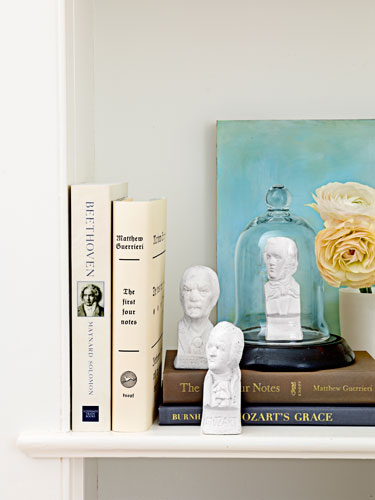
Brass I.D. Tags
Prior to the advent of electronic key cards and bar codes, elegant metal medallions labeled keys and their corresponding hotel rooms or lockers, and also tracked inventory and tools at large businesses. From $6 to $8 each.
by | | Uncategorized
In Hans Christian Andersen’s fairy tale “The Steadfast Tin Soldier,” the romantic trials of an unfinished toy soldier end in molten-metal heartbreak as the character is consumed by fire. Fortunately, countless other diminutive soldiers, made primarily in tin, lead, composite, and plastic, survived their battle-filled days of youth to become treasured keepsakes for children and adults alike.
The term “toy soldier” generally refers to any miniature human figure that represents a military or combat character. Unlike modern action figures such as G.I. Joe, most are measured in millimeters and stand between 45 and 75 mm tall, or no more than a few inches in height. Though miniature warrior figurines found in Egyptian tombs have been dated to 2500 BC, those were created for ritual purposes rather than as playthings. Similarly, across Medieval Europe, generals and monarchs had miniature armies crafted for them in silver, porcelain, or wood for use during war-strategy sessions.
The earliest soldier figurines designed specifically as children’s toys appeared in Europe during the 18th century, aimed at the affluent aristocracy who could afford a product with expensive detailing and fine craftsmanship. Those carved from wood rarely survived their owner’s childhood, while costly silver soldiers were invariably melted down for their raw material value after their owners grew up.
Toward the end of the 18th century, metalworkers building household items and doll house furniture sometimes produced cheap tin figures in their spare time. Known as “flats,” these two-dimensional soldiers were sold unpainted. The first mass-produced toy soldiers were made in Germany during the 19th century. Like their two-dimensional predecessors, these engraved characters, produced by companies such as Heinrichson, Heyde, and Gebrüder Riechewere, were also depicted in silhouette. Johann Gottfried Hilpert established an early assembly-line for his soldiers; female painters applied a single color on each figurine as it was passed around the workshop.
In the late 19th century, the growing market for toy figures allowed companies to invest in more realistic, three-dimensional or “solid” products. These models were made by pouring molten lead into a mold and extracting the solid figurine after cooling. Heads were often made using a separate mold and later attached to the figure, which was then carefully painted by hand. Companies like Mignot and Lucotte in France or Heyde in Germany created these solid toys to resemble members of various European militaries, often in ceremonial dress and posture. Heyde’s range soon expanded to include military cooks and nurses in addition to troops in uniform.
The miniature soldier market was completely transformed in 1893 when William Britain invented a process for hollow-casting lead. Britain’s hollow-cast system involved pouring molten lead into a mold that was turned as the metal cooled, with a small opening allowing for excess lead to escape. The finished product was a hollow figurine considerably cheaper and lighter than earlier designs.
Some of the company’s most interesting figures are its foreign military series, like the Egyptian Camel Corps or Indian Cavalry of 1896. Britains became the leading producer of toy soldiers, though its methods were soon imitated by companies like A. Fry, BMC, Reka, C.D. Abel & Co., and Hanks Bros...
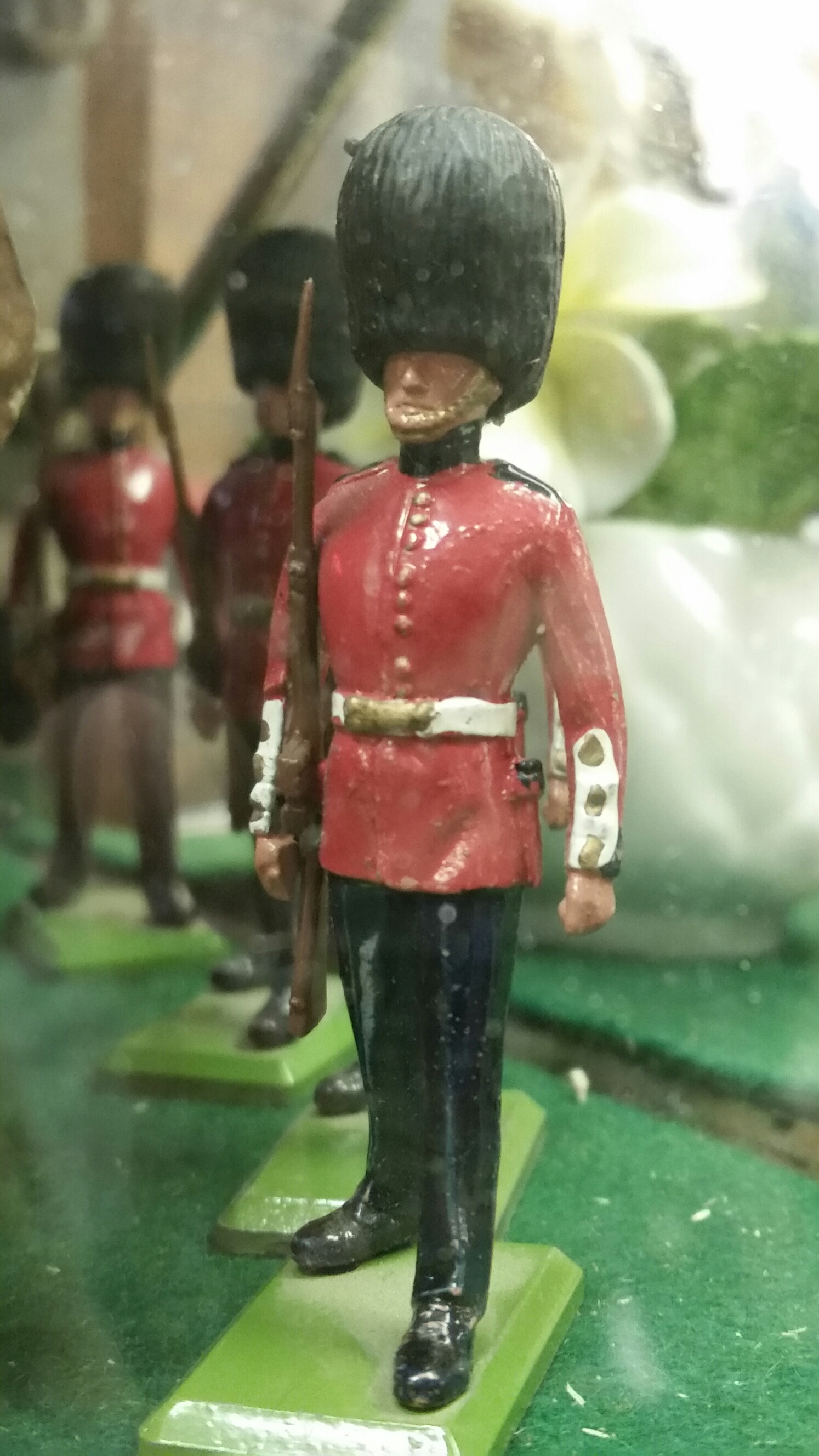


Military figures have been found in ancient Egyptian tombs, and have appeared in many cultures and eras. Tin soldiers were produced in Germany as early as the 1730s, by molding the metal between two pieces of slate. Toy soldiers became widespread during the 18th century, inspired by the military exploits of Frederick the Great. Miniature soldiers were also used in the 17th, 18th, and 19th centuries by military strategists to plan battle tactics by using the figures to show the locations of real soldiers. In 1893, William Britain revolutionized the production of toy soldiers by devising the method of hollow casting, making soldiers that were cheaper and lighter than their German counterparts.
In addition to Britains, there have been many other manufacturers of toy soldiers over the years. For example, John Hill & Company produced hollow cast lead figures in the same style and scale. Companies such as Elastolin and Lineol were well known for their composite figures made of glue and sawdust that included both military and civilian subjects. After 1950, rising production costs and the development of plastic meant that many shop keepers liked the lighter, cheaper, and far less prone to break in transit polythene figure. This led to greater numbers of plastic toy soldiers.[2][3] The first American plastic soldiers were made by Beton as early as 1937. The first plastic toy soldiers produced in Great Britain were made in 1946 by Airfix before they became known for their famous model kits range.
One large historical producer in plastic was Louis Marx and Company, which produced both realistic soldiers of great detail and also historical collections of plastic men and women, including the “Presidents of the United States” collection, “Warriors of the World”, “Generals of World War II”, “Jesus and the Apostles”, and figures from the Coronation of Queen Elizabeth II. Marx also produced boxed playsets that featured many famous battles with armies of two sides, character figures, and terrain features. Britains produced plastic figures under the brand names of Herald and Deetail. Also in England, the scale model company, Airfix produced a variety of high quality plastic sets, which were frequently painted by hobbyists. Many Airfix figures were imitated by other companies and reproduced as inexpensive, bagged plastic army men. Timpo Toys, Britains main competitor in terms of sales and quality in the 1960s and 70s developed the ‘Over – Moulding’ system. Different coloured plastics were injected into the mould at various stages, creating a fully coloured figure without the need of paint.
During the 1990s, the production of metal toy-grade painted figures and connoisseur-grade painted toy soldiers increased to serve the demands of the collectors’ market. The style of many of these figures shifted from the traditional gloss-coat enamel paint to the matte-finished acrylic paint, which allows for greater detail and historical accuracy. The change was largely inspired by the introduction of very high quality painted figures from St. Petersburg, Russia


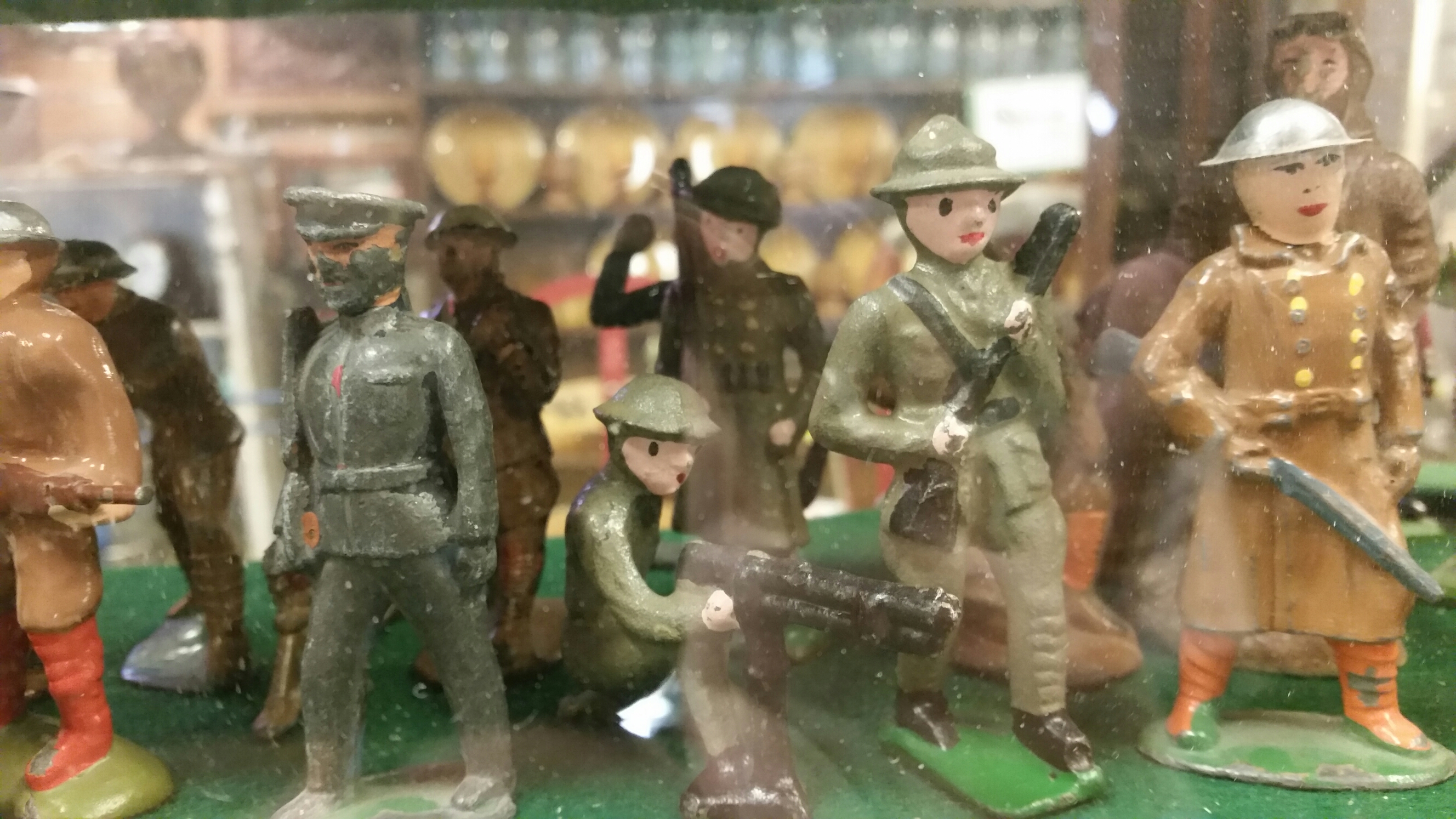
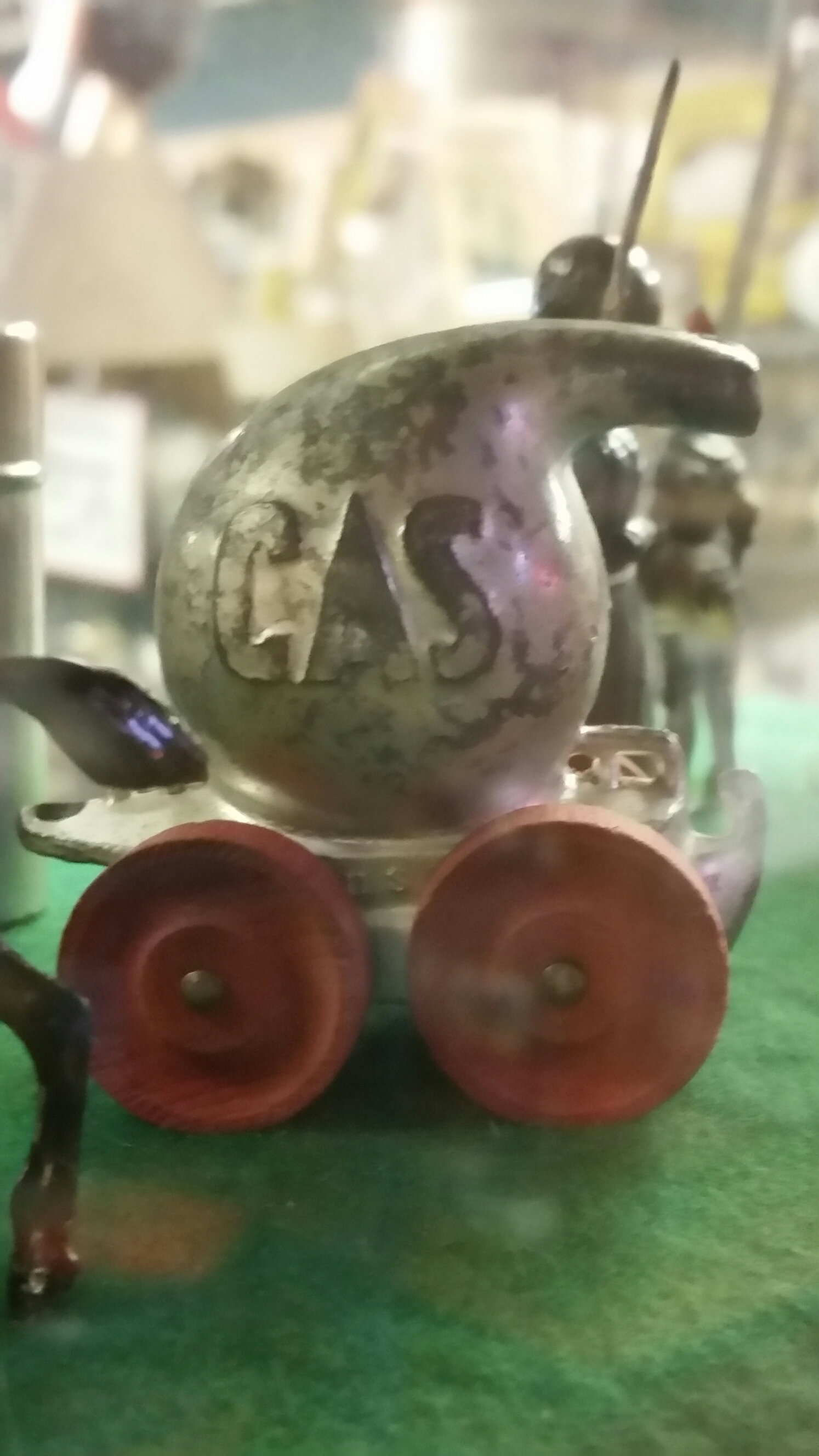
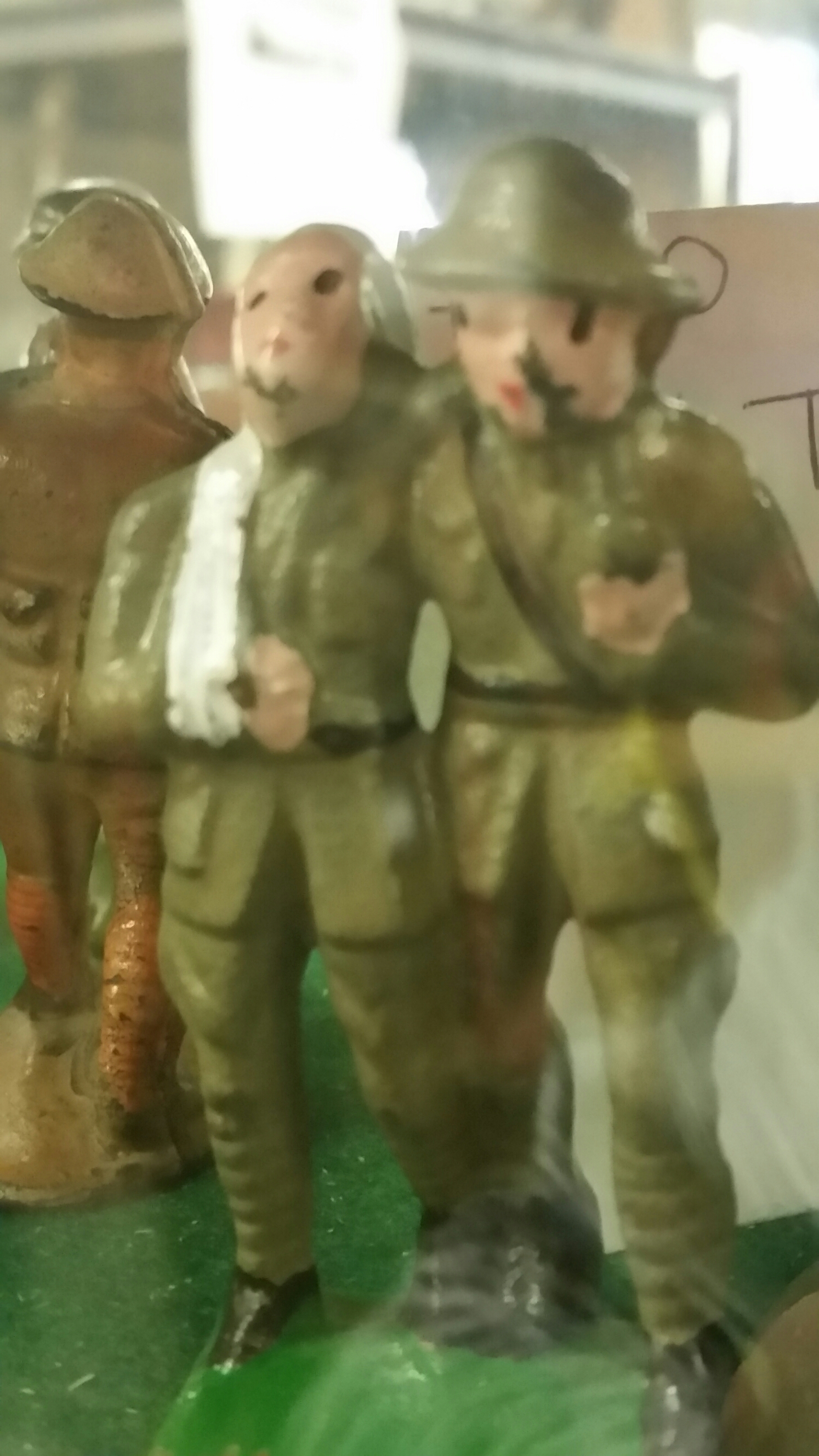
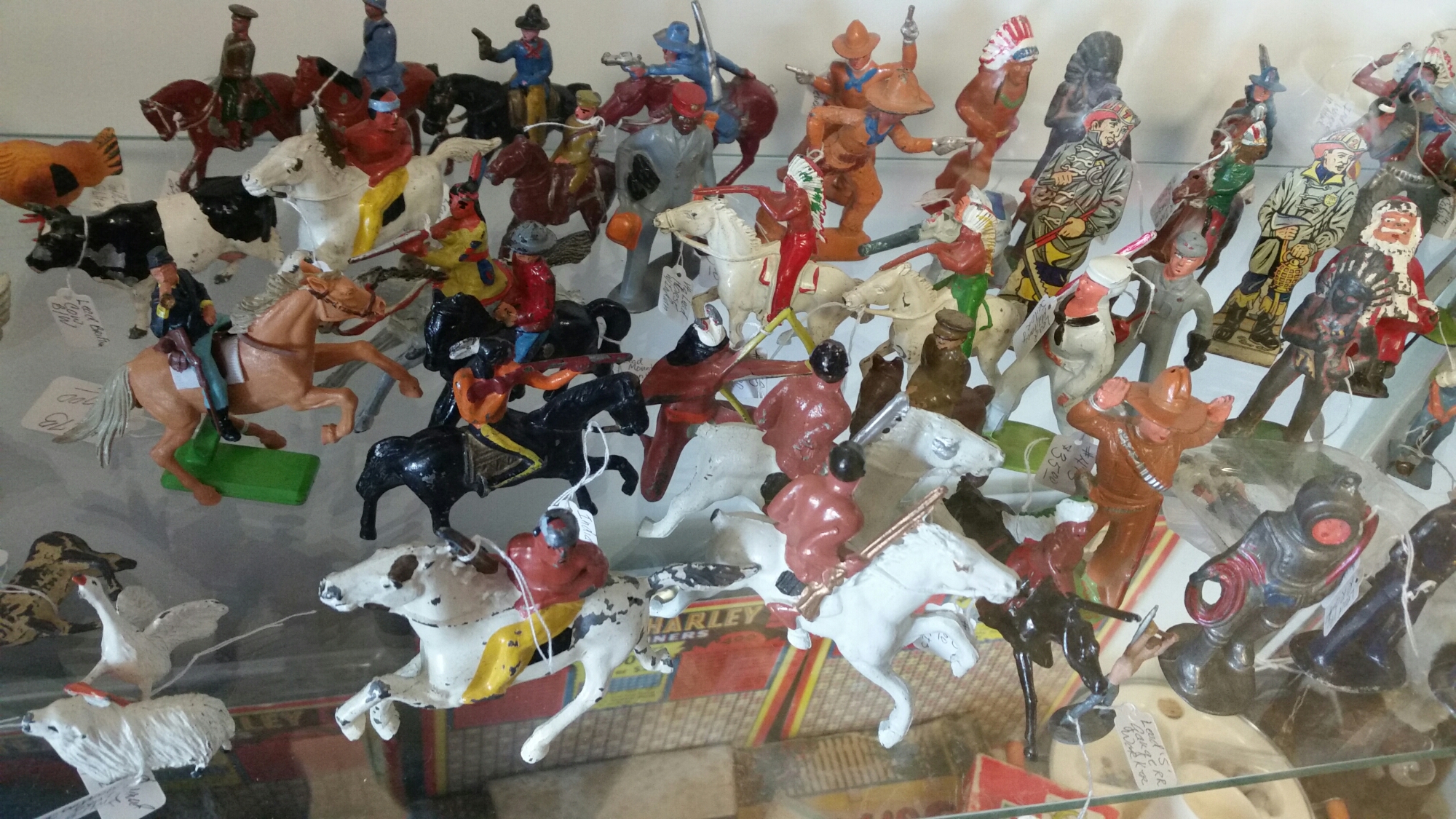
by | | Antique copper kitchen collectibles, Uncategorized
Copper is becoming the hot “new” fall collectible. We have lots of copper in the store looking for new homes.
Kettles or teakettles, as they are also called, are made out of tough materials such as copper; stainless, chromed, or enameled steel; or cast iron. Some of the most common teakettles of the 19th century were made out of copper or cast iron. They were designed to last.
A typical copper teakettle from this period would be tinned inside, have a gooseneck spout, a brass lid, and a hinged handle—on nicer teakettles, the handle’s outline resembled a chef’s hat.
Copper has been used continuously by Homo sapiens for some 10,000 years—a copper pendant from northern Iraq is the oldest example of the metal being formed into something beyond its natural state. Like gold, copper can be hammered cold into shapes, rolled flat, or melted and cast. Most pieces of copper hollowware—from pudding molds and tea kettles to pots and pans—employ a combination of these techniques. Typically, a rolled sheet of the metal is either pounded into its desired shape if it’s not too deep (a saute pan) or cut into a rectangle and formed into a cylinder for a tall item (a stock pot or tea kettle), whose base will be attached as a separate piece.
Seams between pieces of copper are often joined together via cramped or castellated joints (sometimes imprecisely called dovetail joints), which are pounded flat and then sealed by brazing. Lockseam joints are produced when a sheet of copper is folded back on itself at its meeting edges to create a pair of J-shapes, which can be hooked together, pounded flat, and soldered to make the seam watertight.
Of the manufacturers that have made copper cookware for the kitchen over the years, Revere stands out. Founded in 1801 by the American patriot and silversmith Paul Revere, Revere Copper and Brass Incorporated of Rome, New York, was making tin-lined copper hollowware back in the 1890s, and the company introduced its Revere Ware, which replaced the tin with stainless steel, in 1938. After World War II, Revere Ware took off, but in the 1950s it faced stiff competition from imported enamelware, especially Le Creuset, whose brightly colored pieces were a fun, cheerful alternative to the stodgy appearance of steel and copper.
One of the chief drawbacks of copper, besides its high price, is that raw copper exposed to air will form a green patina called verdigris. Though pleasant to look at (think of the green patina on the Statue of Liberty) it is poisonous to eat, which is why copper was tinned, and subsequently sealed behind stainless steel by Revere, in the first place. Still, some cookware is traditionally made of copper, and worth the elbow grease to remove the verdigris for the cooks who love them. Oblong fish steamers, for example, are often made of copper, as are double boilers and saucepans. In some cases, such as round-bottomed copper bowls designed for whisking egg whites, the copper is considered preferable to stainless steel or glass—egg whites whipped in copper are less likely to become overbeaten. In other cases, such as with cookie cutters, the classic look of copper permits these kitchen tools to be displayed on a wall or shelf when not in use.
by | | Uncategorized
Traveling looking for antiques , there is no better way to spend a week or two or even over a long weekend. You can stay in your home state and explore near and far. Or take off on an amazing adventure ! We have several dealers that do all of the above. So go just to travel and shop where ever they end up and bring their treasures back with them, and then bring them into the store. And some of the other dealers go to planned sales or auctions or community sales .
We have dealers that travel far and wide looking for great things to bring into the store to sell. Some of the stories the dealers tell are incredibly funny !
Come in and they will be glad to share thier stories & tips !
# 1 Highway 127 Yard Sale aka World’s Longest Yard Sale

Travel more than 690-miles of scenic beauty and see tons of yard sales. Get started on your journey by traveling the 93-mile Lookout Mountain Parkway route from Gadsden, Alabama to Chattanooga, Tennessee for the most “scenic rural America” in the United States. Alabama has more than 1,000 yard sale vendors alone! You will find everything from antiques, collectibles, furniture, dishwares, fresh garden produce, homemade jams and jellies, food vendors, live entertainment and so much more. Continue with the yard sale, following the U.S. 127 Corridor from Chattanooga, TN to Addison, MI for another 590 miles of yard sale bargains. When combined, the Lookout Mountain Parkway and the 127 Corridor have had as many as 5,000 vendors lined along the scenic yard sale route in past  years and the year 2016 promises to be even bigger.
years and the year 2016 promises to be even bigger.
# 2 Nebraska’s Junk Jaunt
Planning Ahead for a Successful JUNK JAUNT®
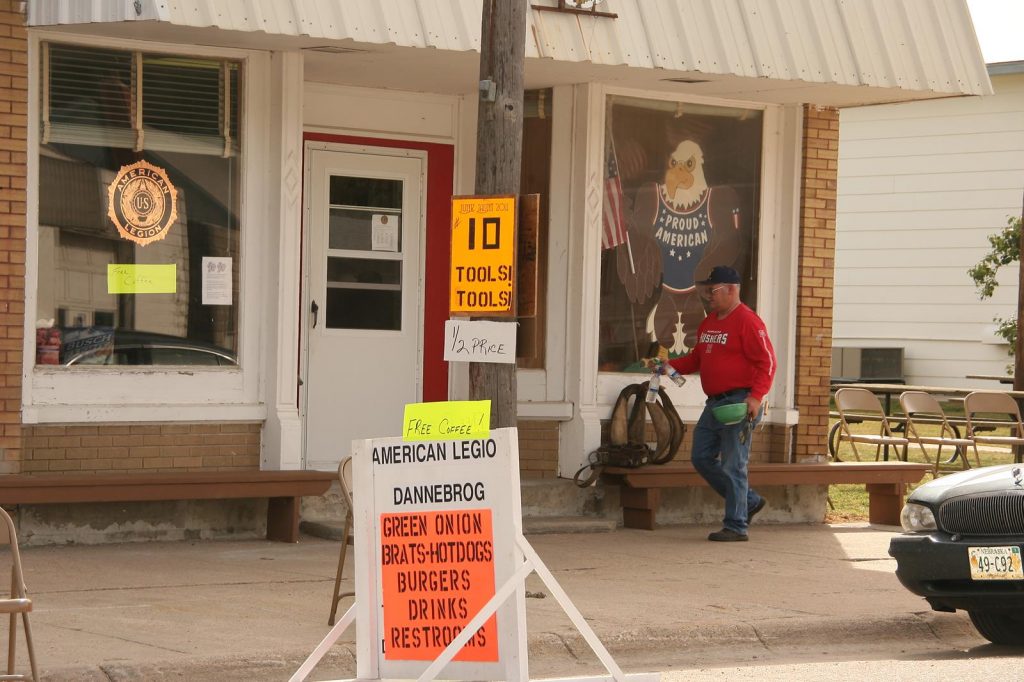
Planning Ahead for a Successful JUNK JAUNT®
Planning ahead will make your JUNK JAUNT® shopping experience an enjoyable one. With over 500 registered vendors each year, it is a remote possibility that one can visit all the sales in 3 days, but it is fun trying.
# 3 Roundtop, Texas
Perhaps the thing we are most proud
of and which sets us apart from other events
Shoppers will find only genuine antique and vintage pieces at all four of our locations.
That is something we maintain with certainty
# 4 Rollercaoster Sale – Kentucky & Tenn.

Mark your calendars and make plans now to attend.
2016 DATES: SEPTEMBER 29, 30 & OCTOBER 1, 2016
You’ll be glad you did!
Click here to download your free copy of the 2016 brochure.
These are just a few of all of the different sales out there… Check them out !


















